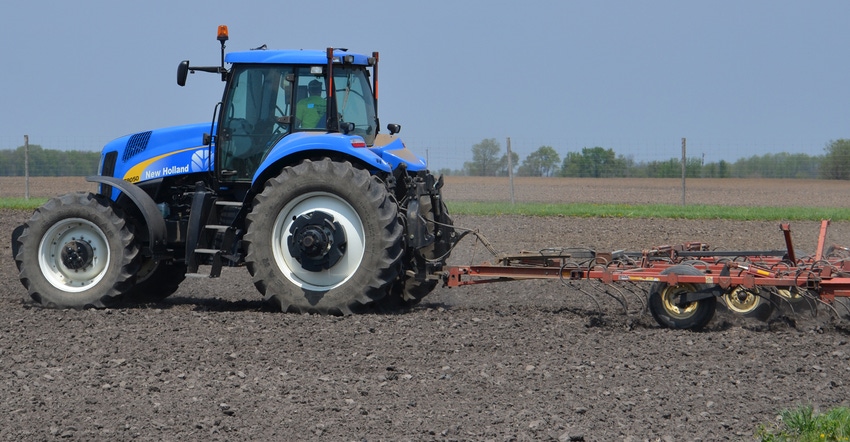
Does your lender talk about working capital? Does he or she say yours is too low? Michael Langemeier says if your answer is yes, you’re not alone. At the same time, don’t ignore it.
The Purdue University Extension agricultural economist and associate director of the Center for Commercial Agriculture says working capital is computed by subtracting current liabilities from current assets. For details, see Why lenders focus on working capital.
The goal is a ratio of 0.35 or higher, Langemeier says. Anything below 0.2 is considered a danger zone. The average working capital ratio for U.S. farms for 2019 was projected at around 0.13.
Langemeier offers key tips in this exclusive interview with Indiana Prairie Farmer:
How do you know if your farm is in the danger zone? You really need to calculate your ratio. Ask an accountant for help, if necessary. It’s the only way to know where you stand.
Are there red flags that could indicate problems? First, if you can’t afford to buy seed until you plant, that’s a big red flag. If you can’t take advantage of early order discounts for seed or other inputs, you wind up paying more for them.
Second, if you change your marketing strategy and market more in the fall because you need to pay bills, it’s a problem. If you can’t market based on the best time to sell, you miss out on opportunities.
Third, if you can’t afford to pay family members or relatives what you’ve agreed to in a limited liability company or family agreement, it’s obviously a problem.
What can you do in the short term? The short-term solution many turn to is borrowing against equity — usually land that is either debt-free or has a low debt load. The home realty business calls it a reverse mortgage; it’s the same concept. Sooner or later, the bill comes due. It’s only a short-term fix.
What is the long-term fix? Find a way to increase profitability. You need to acknowledge that what you’ve been doing isn’t working and change strategies. Figure out how to cut costs, increase income or both.
How can you do that? It’s difficult, and it takes time. There is no “Do steps A, B and C and it’s fixed” answer. It takes a long time for working capital to erode, and it takes a long time to build it back.
Where can you start? Do an enterprise analysis on each part of your business. For example, do an enterprise analysis for corn and soybeans, field by field or farm by farm. If there are rented farms where you’re not making money, consider giving them up.
Can’t cutting expenses be a double-edge sword if it cuts yield? Absolutely! We would never recommend doing anything which could jeopardize crop yield or livestock productivity. You must maintain yield for profitability. However, there may be places you could rethink strategies.
For example, do you need to plant as much soybean seed as you’ve been planting to get the same yield? Does every tillage pass really add yield? These are places to look. Whatever you do, don’t jeopardize yield.
About the Author(s)
You May Also Like




